According to information from the Ministry of Planning and Investment , due to the impact of storm No. 3 (Yagi) accompanied by floods and rains, the GDP growth rate in the last months of the year in the whole country and many localities is forecast to slow down.

Estimated for the whole year 2024, GDP could fall by 0.15% Compared with the given scenario, the agriculture, forestry and fishery sector had the strongest decrease of 0.33% compared to industry and construction down 0.05% and services down 0.22%.
The reason is that agricultural enterprises, farms, rice and crop growing households, livestock and aquaculture households are the ones that suffered the most damage from storm No. 3 and floods.
Previously, statistics showed that in the first six months of 2024, the GDP growth rate of the agricultural sector reached 3.38% - this is a high level compared to the same period in the past 5 years. The target for the whole year of 2024 is that the growth rate of added value of the whole sector is estimated to reach 3.2-4%. With the export turnover of agriculture, forestry and fishery products in the first eight months of the year reaching 40.08 billion USD, the agricultural sector also aims to raise the target for 2024 to reach a total export turnover of 57-58 billion USD.
However, storm No. 3 has caused serious consequences for agricultural production, especially livestock and aquaculture - two areas with high growth in the industry - causing great pressure on maintaining the overall growth target.
In recent years, the agricultural sector has always maintained its role as a pillar of the economy. Therefore, with the current difficulties, comprehensive, timely and effective mechanisms and policies are needed to support this sector in restoring production and stabilizing exports. On September 17, the Government issued Resolution No. 143/NQ-CP on key tasks and solutions to urgently overcome the consequences of storm No. 3, quickly stabilize the people's situation, promote the recovery of production and business, actively promote economic growth and control inflation well.
In the agricultural sector, the Ministry of Agriculture and Rural Development focuses on directing, having flexible and effective production plans and remedial measures to restore agricultural production immediately after storms and floods; synthesizing needs, promptly reporting and proposing to competent authorities to decide on support for seeds, feed, chemicals and necessary materials for localities to restore agricultural production. Regarding exports, continuing to diversify markets, diversifying supply chains, prioritizing exploitation and taking advantage of opportunities from key and strategic export markets and signed free trade agreements (FTAs); promoting negotiations, signing new FTAs, expanding new markets such as the Middle East, Africa, Halal product markets...
To ensure uninterrupted export supply chains, the Ministry of Industry and Trade is researching and proposing policies to support the rapid restoration of logistics facilities and warehouses damaged by storms and floods. In addition, policies on taxes, fees, charges, land rents, water surface rents, etc. for agricultural production and business households affected and damaged by storms, floods, landslides, etc. also need to be studied for exemption, reduction, and extension.
At the same time, the State Bank of Vietnam directed credit institutions to proactively calculate support plans, restructure debt terms, maintain debt groups, consider exempting and reducing loan interest for affected customers, develop new credit programs with appropriate preferential interest rates, and continue to provide new loans to restore agricultural production and business after the storm.
Source








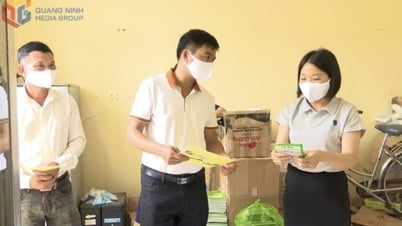

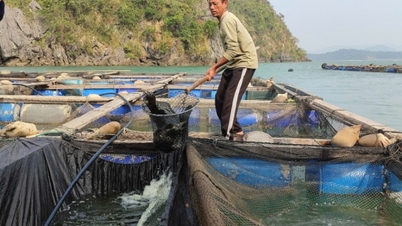
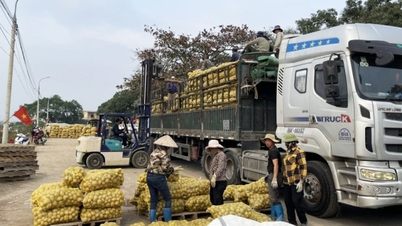


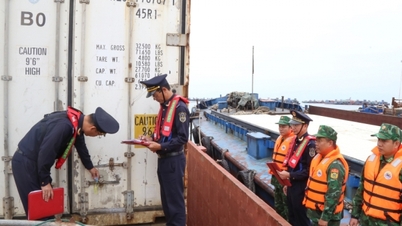

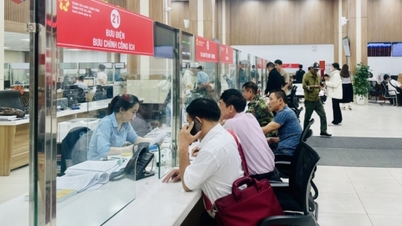

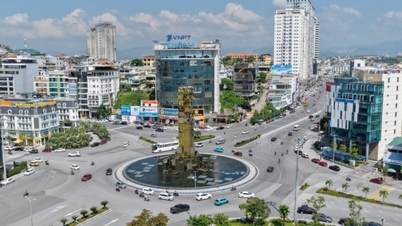
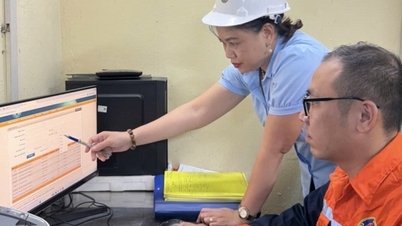
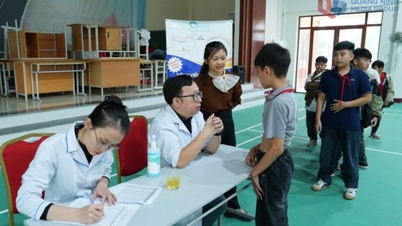

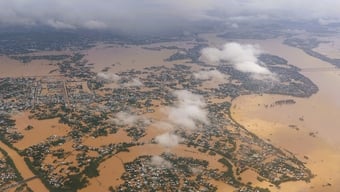
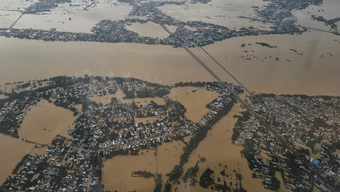



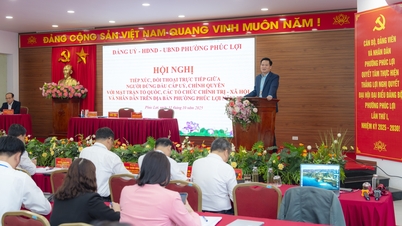


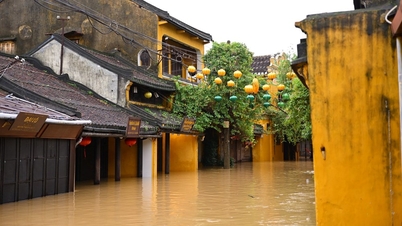







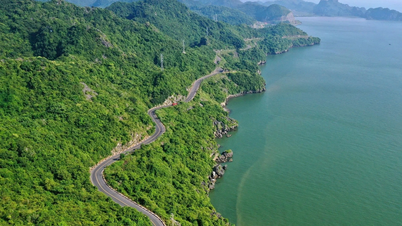














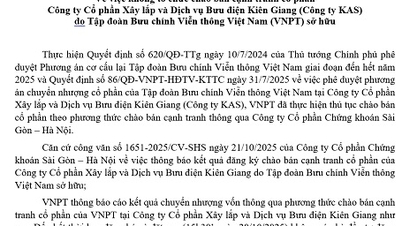

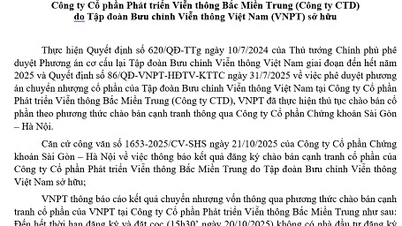
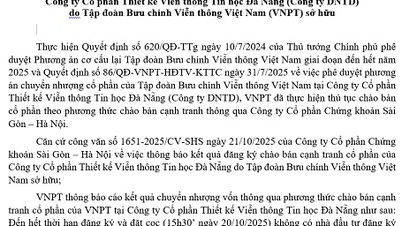








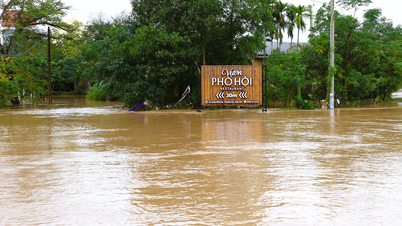
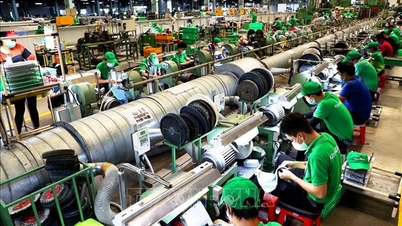














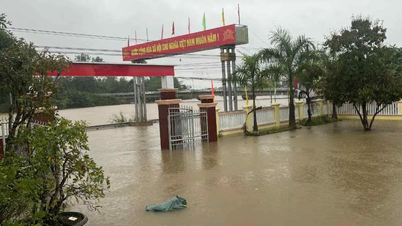

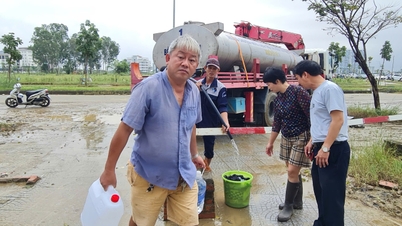

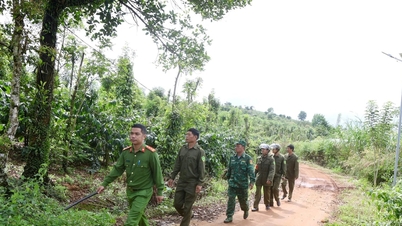




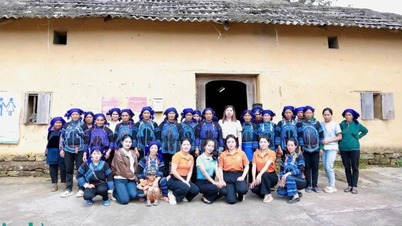
















Comment (0)